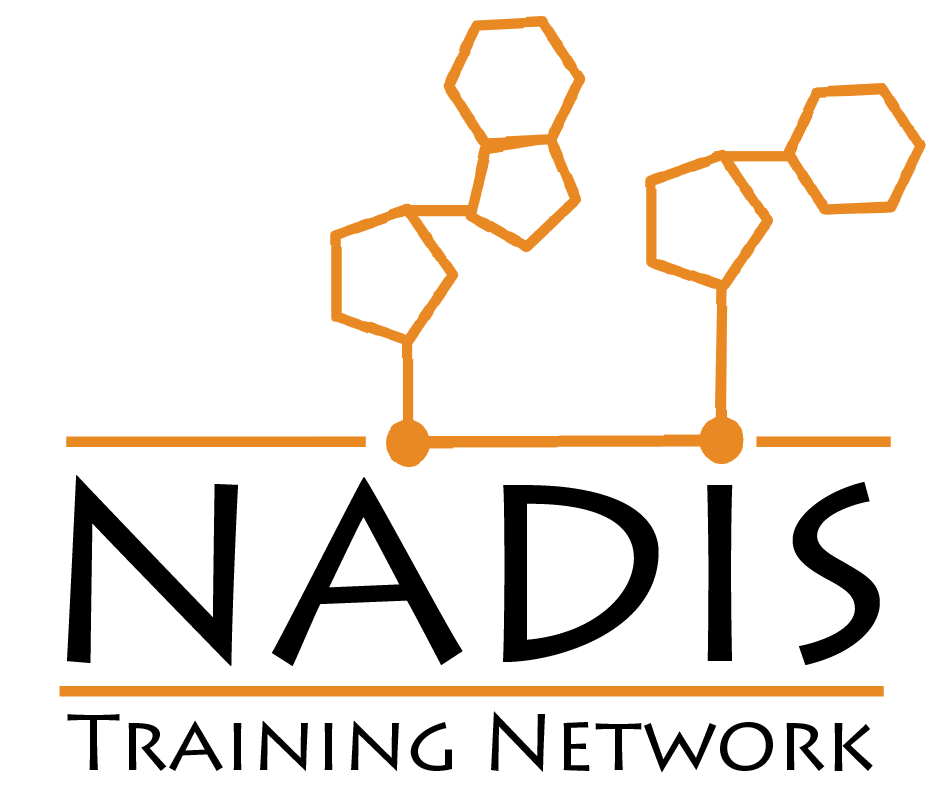Nicotinamide adenine dinucleotide (NAD+) is a central redox cofactor and the limiting substrate of key metabolic enzymes that include the sirtuin family of protein deacylases, the poly(ADP-ribose) polymerases (PARPs) and the cyclic ADP-ribose (cADPr) synthases. The constellation of cellular functions in which these enzymes are involved makes NAD+ availability critical for cell survival, and its depletion is a leading factor in a number of diseases in humans. Primary deficiencies of NAD+ homeostasis are the result of impaired biosynthesis, while secondary deficiencies can arise due to other factors affecting NAD+ homeostasis, such as increased NAD+ consumption or dietary deficiency of its vitamin B3 precursors. NAD+ depletion can manifest in a wide variety of pathological phenotypes, ranging from rare inherited defects to more common multifactorial, often age-related, diseases (see figure below)). In fact, exhaustion of NAD+ intracellular levels is currently considered a major contributor to aging, and has been associated with the onset of age-related complications such as diabetes, neurodegenerative diseases and female infertility. In contrast, NAD+ repletion strategies, such as administration of NAD+ precursors, may be effective in preventing or ameliorating the outcomes of these complications.

Want to learn more about NAD research? See here a talk on metabolic networks and NAD, given by Prof. Dr. Riekelt Houtkooper leading the consortium:
Ready to explore the latest breakthroughs in aging research? Click the link below to watch Morten Scheibye Knudsen’s lecture at ARDD 2023.
